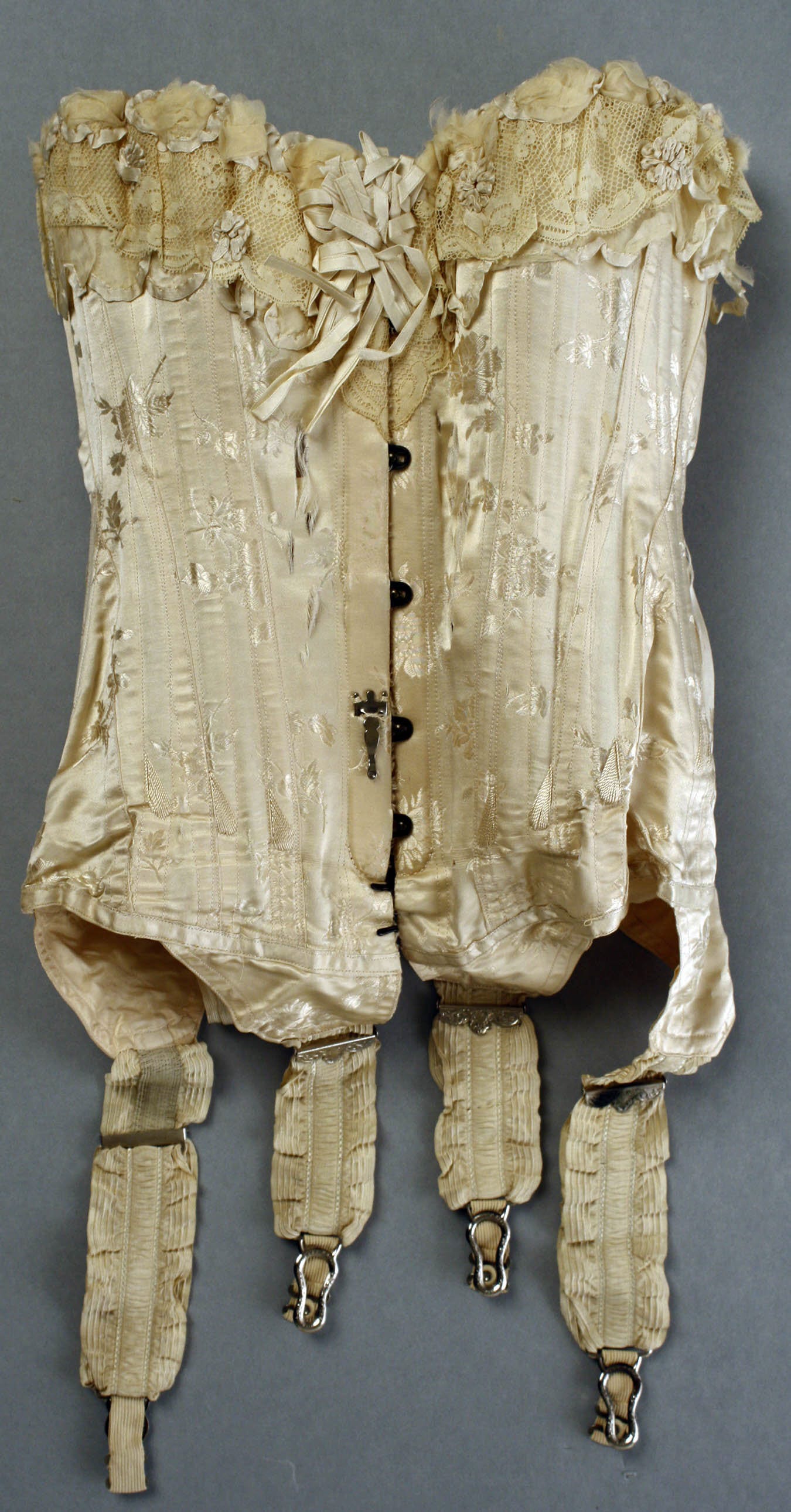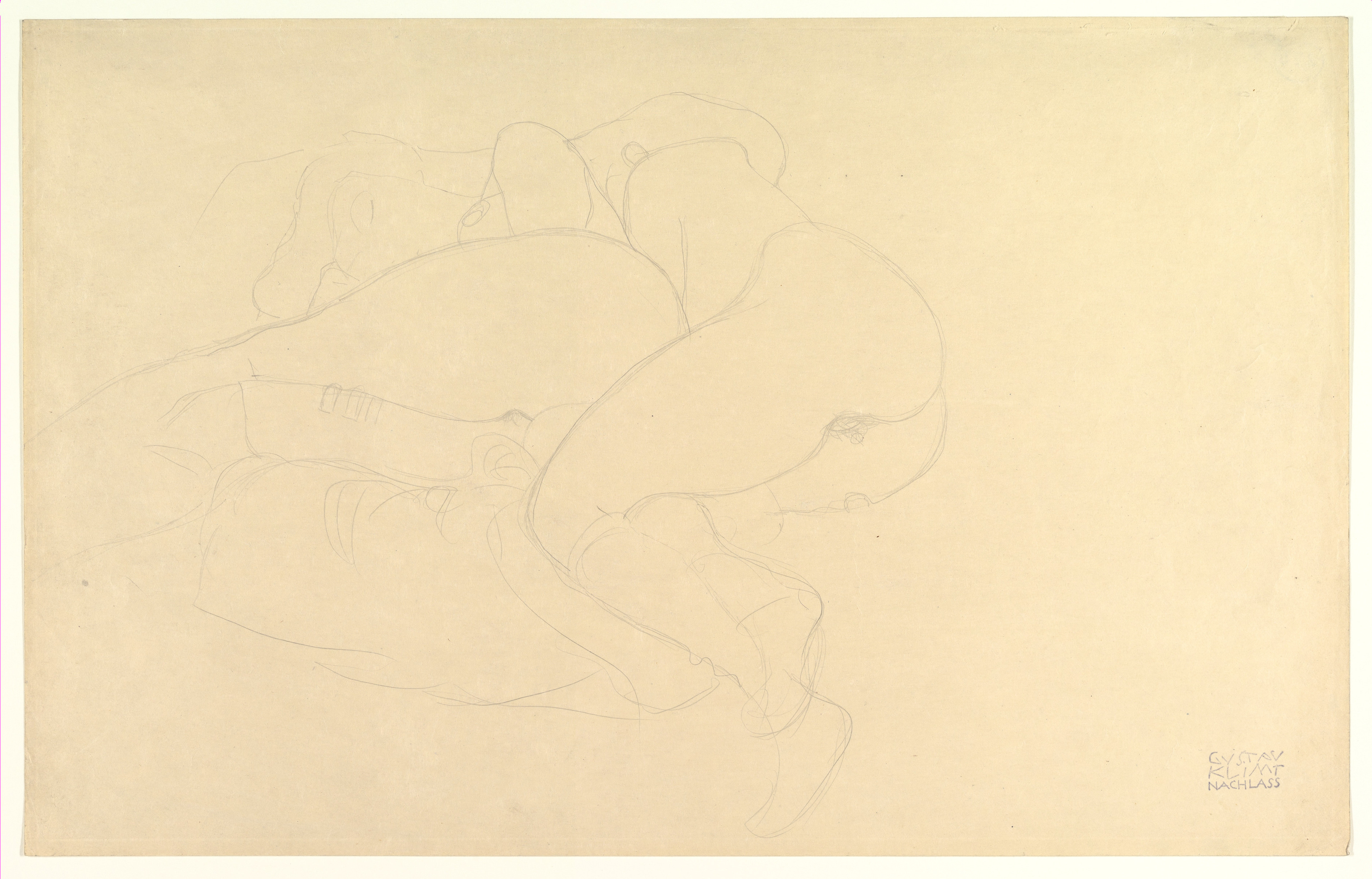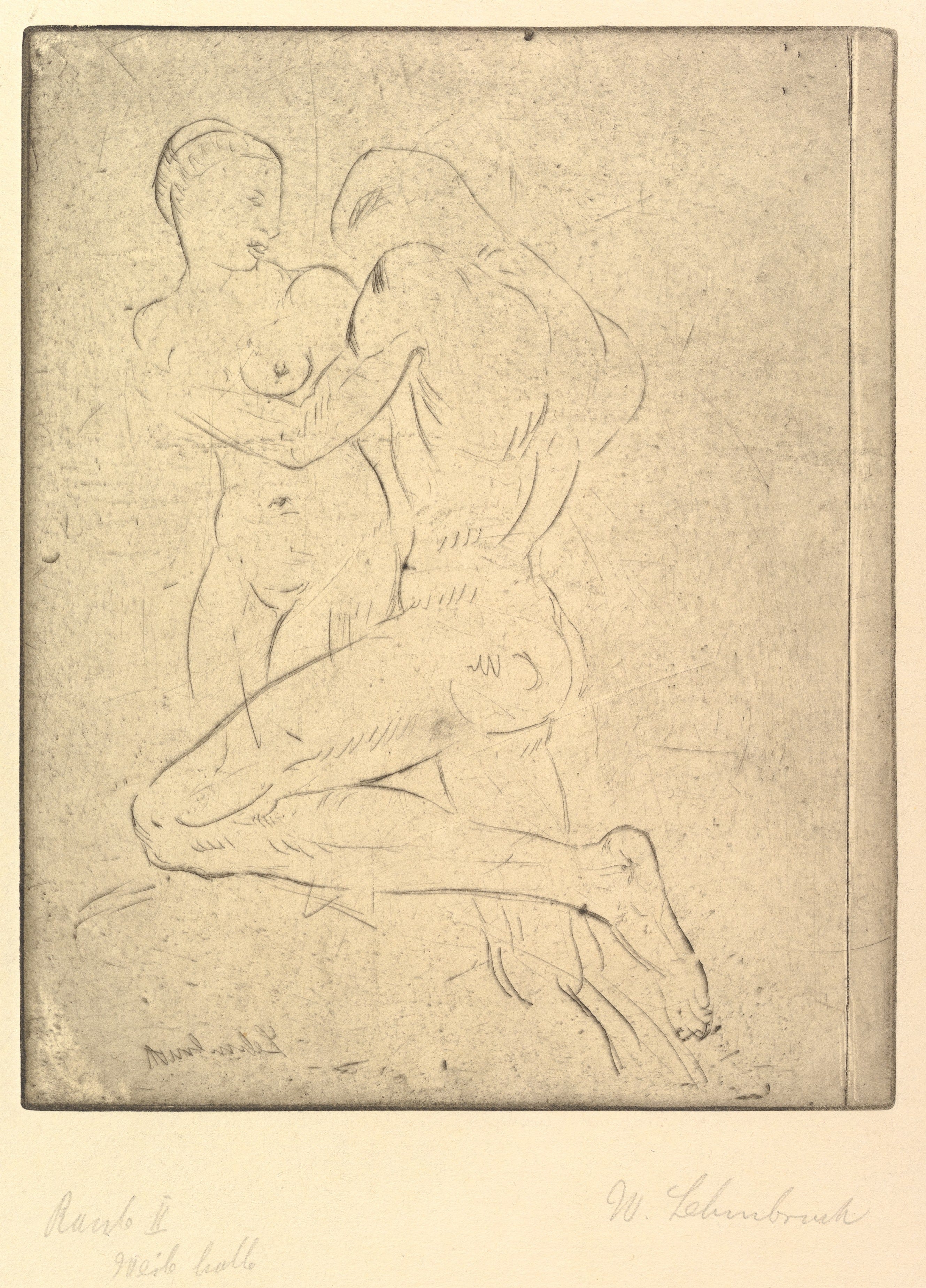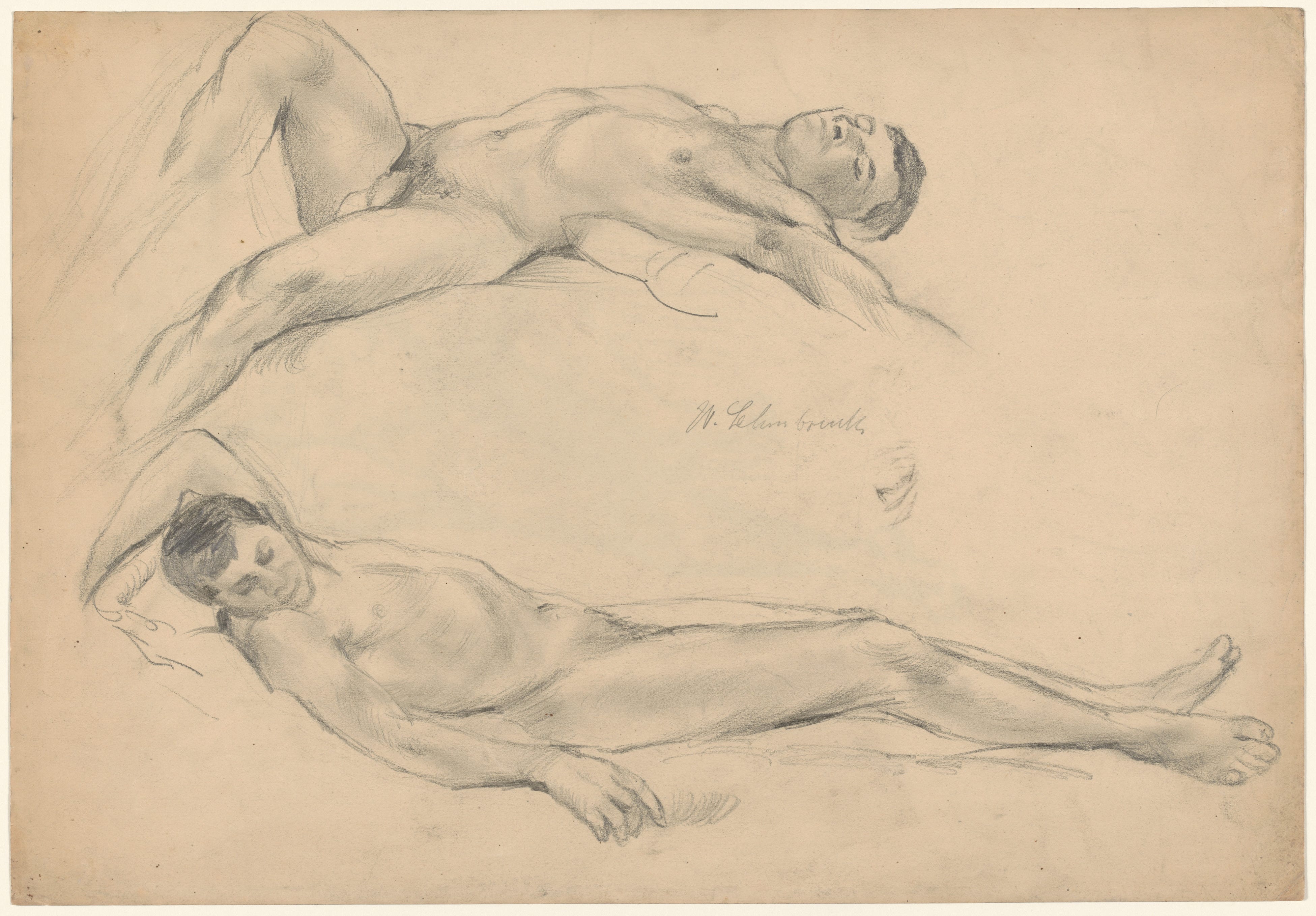
Four Things To Read
Summer People, by Sara Hosey: This YA mystery tells the story of how Christmas Miller, a seventeen-year-old with ADHD, helps to save her upstate New York community, and at least potentially to begin to save the increasingly polluted lake at its center. A couple of things stood out for me. The tale is very well plotted, especially the way it holds until almost the very end the tension between Christmas and her best friend Lexi—the result of a falling out near the beginning of the novel—by keeping that tension almost wholly within the ADHD-shaped processing that goes on in Christmas’ mind. Indeed, overall, one of the more moving aspects of the way Hosey has crafted the narrative is the way she allows the plot to unfold through Christmas’ eyes so that the reader’s understanding of what is going on is shaped by the character’s ADHD—or at least that was my reading experience and one of the things that kept me turning the pages. It’s also impressive how many really important issues Hosey weaves seamlessly into the narrative, including climate change, homophobia, drug and alcohol addiction, the gentrification of upstate New York (though this is perhaps the most subtle), and how we view people with learning disabilities like ADHD. If you’re an adult reader, don’t let the YA label put you off. The story is a good one on its own terms, but if you want to be reminded what it was like to be a teenager, this is worth reading; and it’s definitely a book worth giving to a teen, especially one with ADHD, who I am sure would appreciate reading a book in which someone like them turns out to be the hero.
§§§
Joan of Arc: A symbol of fascism or feminism?, by Halima Jibril:
“Despite her short time on earth, Joan continues to have a long and complex afterlife. She has been everything: a proto-feminist, a rebellious teenager, a genderqueer martyr, a pious young woman, and, alarmingly, a symbol of far-right nationalism. Her legacy is complex and multifaceted, often viewed through a narrow lens – either feminist or fascist.”
I haven’t thought seriously about Joan of Arc and what she stood/stands for in decades, not since I read, of all things, Andrea Dworkin’s Intercourse back in the late 1980s. In chapter 6, titled “Virginity,” Dworkin writes about Joan of Arc’s decision to remain a virgin as
a self-conscious and militant repudiation of the common lot of the female with its intrinsic low status…Her virginity was an essential element of her virility, her autonomy, her rebellious and intransigent self-definition. Virginity was freedom from the real meaning of being female; it was not just another style of being female.
Dworkin’s focus in that chapter is a kind of cultural history of the idea of female virginity, but the use she makes of Joan of Arc as an icon of feminist rebellion against the patriarchy fits perfectly into the history Jibril traces in her article. The part of the article that was new to me is how the right wing in France has used Joan of Arc as a symbol of its fascist agenda.
§§§
Tentative Thoughts On The Jewish Claim To A "Religious Abortion”, Josh Blackman:
For Christians, perhaps, quantifying the consequences of committing a sin is easier. For Jews, however, the issue is far more complicated. Judaism is not a centralized religion. There is no Jewish equivalent of a Pope. We often speak of “Orthodox,” “Conservative,” and “Reform” Jews, but even within these categories, there is no official or standardized set of teachings. Every Congregation, indeed, every Rabbi, may follow the teachings in different fashions. Moreover, every Jew can look to faith in his own fashion. And there is no obligation to be consistent. A Jew could hold one opinion in the morning, and then change his mind over lunch, and go back to the original position after dinner. The old saw, Two Jews, Three Opinions, is apt.
This article is from 2022. It was written in response to a challenge brought by Congregation L’Dor Va-Dor, a synagogue in Palm Beach County, Florida, against the constitutionality of what were then the state’s new abortion restrictions. Basically, the congregation’s argument centered on the fact that Judaism does not prohibit abortion in the same way that Christianity does and that, since there are situations in which Judaism mandates abortion, or at least makes it religiously available to women in ways that Christianity does not, a law that makes abortion illegal would violate Jewish women’s religious freedom. (Two books that are worth consulting if you’re interested in the differences between Jewish and Christian positions on abortion are Marital Relations, Birth Control, and Abortion in Jewish Law, by David M. Feldman and Women and Jewish Law, by Rachel Biale. The differences are significant and worth knowing.) Independently of whether or not the synagogue’s claim has any legal merit, though, what I find deeply disturbing about this article is how blithely dismissive Blackman is, in the paragraph I’ve quoted above, of Judaism and the religious culture intrinsic to it and the way he tries later on in the article—intentionally or not—to define Orthodox Judaism as somehow more authentic than any other form of Jewish religious practice. It is part of a troubling trend I have seen elsewhere in which the Orthodox are defined—and sometimes define themselves—as the “true” Jews, basically stripping, or trying to strip, Jewish identity from the rest of us. I am sure Blackman would say this is not what he was trying to do, but his reasoning throughout the article, at least as I read it, is implicitly Christological, by which I mean it takes Christianity as the normative framework to apply to all religious practices. Judaism, simply put, does not, not in any of its sects, fit that framing.
§§§
It’s Time to Talk About Pornography, Scholars Say, Matt Richtel:
In February, Dr. [Beáta] Böthe was an author of a paper that found that some types of pornography could affect the sexual well-being of viewers. The study, a survey of 827 young adults, found that people who watched passionate or romantic pornography reported higher sexual satisfaction in their relationships, whereas watching “power, control and rough-sex pornography was associated with lower sexual satisfaction.” (The study also noted that the passionate, romantic and multipartner material was more widely viewed than the harder-core categories.)
While it is long past time that we should be talking openly about what the scholars Richtel talked to call “porn literacy,” what I find most interesting, and frustrating, about this article is the challenge of creating any kind of coherent picture from the very different results of the various studies that Richtel cites. So, for example, in addition to the one I quoted above, there is the 2021 study of 630 Dutch, which found that “adolescents who watched more pornography engaged in more advanced sexual behaviors at a younger age” but could not determine “whether more sexually advanced adolescents were drawn to pornography or whether the pornography drove their behavior.” Then there is the fact that, according to the Centers for Disease Control and Prevention, “as pornography use has grown among American adolescents, young people are waiting longer on average to experiment with actual sex.” Then, when you consider that, according to a 2023 survey of adolescents by Common Sense Media, Americans first see online porn when they are 12 and that 73% of those 17 and under have seen it, and that more than half of those who watch porn “reported seeing violence, including rape, choking or someone in pain,” how do you not wonder how to make sense of what the studies tell us. One paper cited by Richtel suggests getting primary care providers involved in “assessing [pornography] use and providing sexual health education.” I understand the impulse, but I am very leery of what the unintended consequences could be of medicalizing pornography use in that way.
Thanks for reading It All Connects...! Subscribe for free to receive new posts and support my work.
Four Things To See
These images, all in the public domain, are from the Metropolitan Museum of Art.
A Corset from Early 20th Century France, Labeled “Mmes Nyesta & Dupré, 2 rue Volnay, Paris”

§§§
Two Women Friends Reclining, Gustav Klimt, 1905–06

§§§
Rape II, Wilhelm Lehmbruck, Date: 1911

§§§
Two Studies of a Reclining Man, Wilhelm Lehmbruck , ca. 1903

Four Things To Listen To
311 - Mountain Top
§§§
Kristin Scott Benson - Foggy Mountain Rock
§§§
The Shvesters - Zug Es Mir Nokh A Mol
“Zog es mir nokh amol,” with lyrics by Jacob Jacobs, is a song from Ellstein and Israel Rosenberg’s operetta Der berditchever khosn (The Bridegroom from Berditchev). You can find a synopsis of the show here. It’s an interesting look in to a Jewish way of life that doesn’t really exist anymore, at least not in the mainstream. I’ve put a translation of the lyrics below the video.
If I would only be fit
to find favor in your eyes,
the whole world would already be mine.
I would sing “Hatikvah” [Become a Zionist]
and would even go to the mikvah [be religious],
just so you will be together with me. I would cut a deal
to become a slave to your father,
like Jacob was to Laban.
I would suffer all kinds of terror
and would even milk the cows,
so long as I would always be able to see you.
Tell me again,
oh, tell me again,
for I’d like to hear
those beautiful words from you.
Tell it to me again,
oh, tell it to me again,
for your words bring me joy
and give me constant encouragement.
My heart is overflowing
with such great joy
of having lived to hear
such words from you.
Tell it to me again,
oh, tell me again.
Oh, my heart, my dear,
Tell it to me again.
—translated by Eliyahu Mishulovin & Adam J. Levitin
§§§
Jorge Ben Jor, Take It Easy My Brother Charles
Four Things About Me
I wrote about the first time I got high back in Four By Four #12. I was seventeen, which was late among my peers, and I asked my friend Joey to get some pot for us. We smoked it in my bedroom one afternoon when no one else was home. I did not feel a thing, which Joey told me was normal, saying that if I wanted to try again, I should just let him know. I don’t remember when or where the second time was, but I do know that, again, it was just Joey and me and that, this time, I did get high. I didn’t like it or dislike it, but the feeling was interesting, and I do remember thinking that it would be nice not to be the one always turning down the joints that got passed around when my friends hung out. One day, two of the girls who lived in our development—one was named Kim; I don’t remember who the other one was—asked me if I wanted to smoke with them. I said yes, but instead of the mildly pleasurable experience I’d come to expect, what I went through was scary enough that it put me off getting high pretty much for good. I don’t remember much in detail, but at some point after we’d finished the joint the girls and I shared, I began to believe, truly, that my heart was slowing down and that if I wasn’t careful—if, for example, I fell asleep—it would stop beating and I would die. I remember going home, closing my door, and pacing the length of my room, rubbing my arms and legs to keep the circulation going. I was terrified. I have no memory of what happened between the moments of my pacing and whenever the high wore off, but when I saw Kim the next day and told her about my experience, she informed me that she and her friend had “dusted” the pot, meaning that they’d laced it with angel dust. That was my introduction to PCP (the abbreviation for phenylcyclohexyl piperidine, which is angel dust’s chemical name), a drug that at least one of my high school classmates would OD on the year of our graduation. I stopped smoking pot after that, with one or two exceptions. Each of those times, though, I felt like I was having flashbacks, and so I stopped smoking entirely.
§§§
When I was in eighth and ninth grades, my friend Amy and I would pass notes in math class, but we didn’t write those notes on slips of paper. We actually had a notebook we passed back and forth between us. The first notebook we used had a green cover and so we called it our “little green notebook.” I don’t remember who that first one belonged to, but I’m pretty sure that I bought the second one because I remember being in a store somewhere trying to find one the same shade of green as the first. I don’t remember if we ever got caught, but I do remember Amy loving the music of Chicago, which I came to love too, especially, once I started playing bass baritone bugle in my hometown drum and bugle corps. Amy and I connected for a while on Facebook, where I was surprised to learn that she had not only been a Dead Head at some point after high school, but that she had also chosen to live an orthodox life in Israel. She moved there, she told me, though I have no idea how long ago, because of the unrepentant and persistent antisemitism she, and particularly her children, experienced where she and her family were living. I could identify with that feeling, but I was surprised that she’d become orthodox. I remember her being quite a rebel when we were kids.
§§§
When I was in college I worked part-time as an advisor for a local Jewish center’s youth group. I was maybe twenty years old and just beginning to question the narrative I’d been taught about Israel and the Palestine. I don’t remember when or why, but at some point while I was still working there, the director of the youth group and I were having a discussion about Israel’s treatment of the Palestinians. I was making a point that had something to do with how Israel exploited Palestinian labor. I didn’t put it in those terms, of course—I wouldn’t have known those terms back then—but I know I said something about the low wages the Palestinians were forced to accept. In any event, what has stuck in my mind all these years is the youth director’s response. “I’ll say this to you here because it’s an internal conversation. You’re right that it’s not fair”—I am paraphrasing, of course—“but if that’s what Israel needs to do to build itself up, then that’s what we need to do.” It was the first time I’d heard anyone, much less a Jewish adult, admit that Israel was anything other than morally correct in its treatment of the Palestinians, but what was shocking to me was how easily he endorsed that behavior as a necessary evil we as Jews should be willing to live with. In some ways, the evolution of my views on Israel and Palestine began with this conversation.
§§§
When my son was little, my wife and I made the conscious decision that he should learn to speak Persian, which is my wife’s native language, especially so that he would be able to communicate with his grandparents and other relatives who did not speak English. At the time, I learned enough Persian that we could speak only, or at least primarily, Persian with our son, though once he got to be about four years old, not only was my Persian insufficient for our communication needs. He started not to accept Persian from me at all. Two things have stuck with me from that time. First, the number of people who worried that my son would grow up to speak English with an accent because he spoke Persian first. They were well-intended of course—or at least they thought they were—but the response is actually an irrational one, borne more of the fear that someone like my son would be marked by his “flawed” speech as not fully American, and at least implicitly as not white, than of any real knowledge of how child language acquisition works. The second thing that has stuck with me is the number of people, all of them non-Jews, who wanted to know why I did not insist that he also learn Hebrew, the assumption being that, because I am Jewish, Hebrew is somehow my language in the same way that Persian is my wife’s. Unpacking the assumptions knotted into that question is probably an essay unto itself, but they are the same assumptions, I think, that underlie the line some people have used to defend themselves against charges of antisemitism: “I can’t be antisemitic; I support Israel.”
You are receiving this newsletter either because you have expressed interest in my work or because you have signed up for the First Tuesdays mailing list. If you do not wish to receive it, simply click the Unsubscribe button below.
Thanks for reading It All Connects...! Subscribe for free to receive new posts and support my work.





